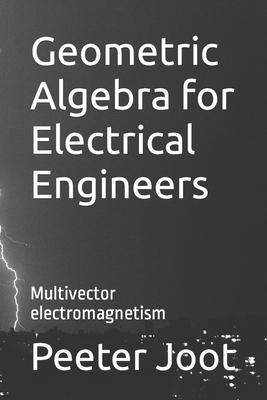Geometric algebra provides a structure that can represent oriented point, line, plane, and volume segments. Vectors, which can be thought of as a representation of oriented line segments, are generalized to multivectors. A full fledged, but non-commutative (i.e. order matters) multiplication operation will be defined for products of vectors. Namely, the square of a vector is the square of its length. This simple rule, along with a requirement that we can sum vectors and their products, essentially defines geometric algebra. Such sums of scalars, vectors and vector products are called multivectors.
The reader will see that familiar concepts such as the dot and cross product are related to a more general vector product, and that algebraic structures such as complex numbers can be represented as multivectors. We will be able to utilize generalized complex exponentials to do rotations in arbitrarily oriented planes in space, and will find that simple geometric algebra representations of many geometric transformations are possible.
Generalizations of the divergence and Stokes' theorems are required once we choose to work with multivector functions. There is an unfortunate learning curve required to express this generalization, but once overcome, we will be left with a single powerful multivector integration theorem that has no analogue in conventional vector calculus. This fundamental theorem of geometric calculus incorporates Green's (area) theorem, the divergence theorem, Stokes' theorems, and complex residue calculus. Multivector calculus also provides the opportunity to define a few unique and powerful Green's functions that almost trivialize solutions of Maxwell's equations.
Instead of working separately with electric and magnetic fields, we will work with a hybrid multivector field that includes both electric and magnetic field contributions, and with a multivector current that includes both charge and current densities. The natural representation of Maxwell's equations is a single multivector equation that is easier to solve and manipulate then the conventional mess of divergence and curl equations are familiar to the reader.
This book is aimed at graduate or advanced undergraduates in electrical engineering or physics. While all the fundamental results of electromagnetism are derived from Maxwell's equations, there will be no attempt to motivate Maxwell's equations themselves, so existing familiarity with the subject is desirable.
